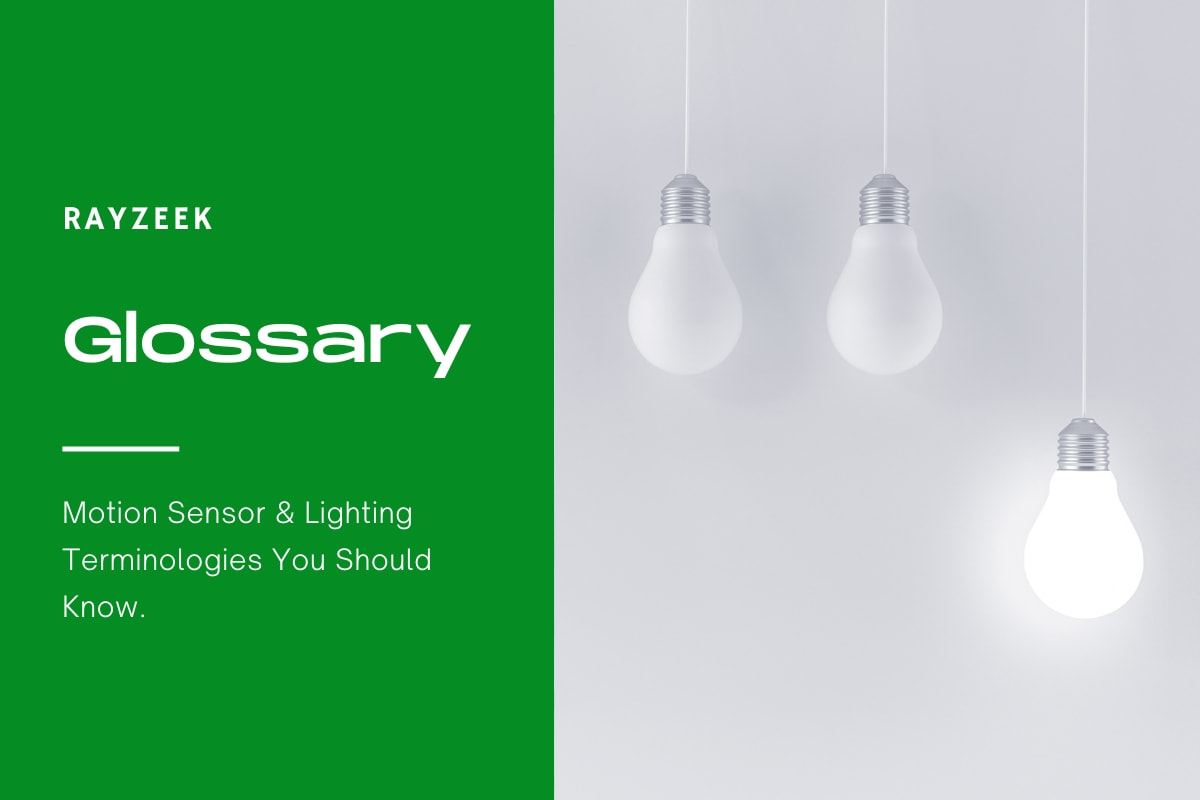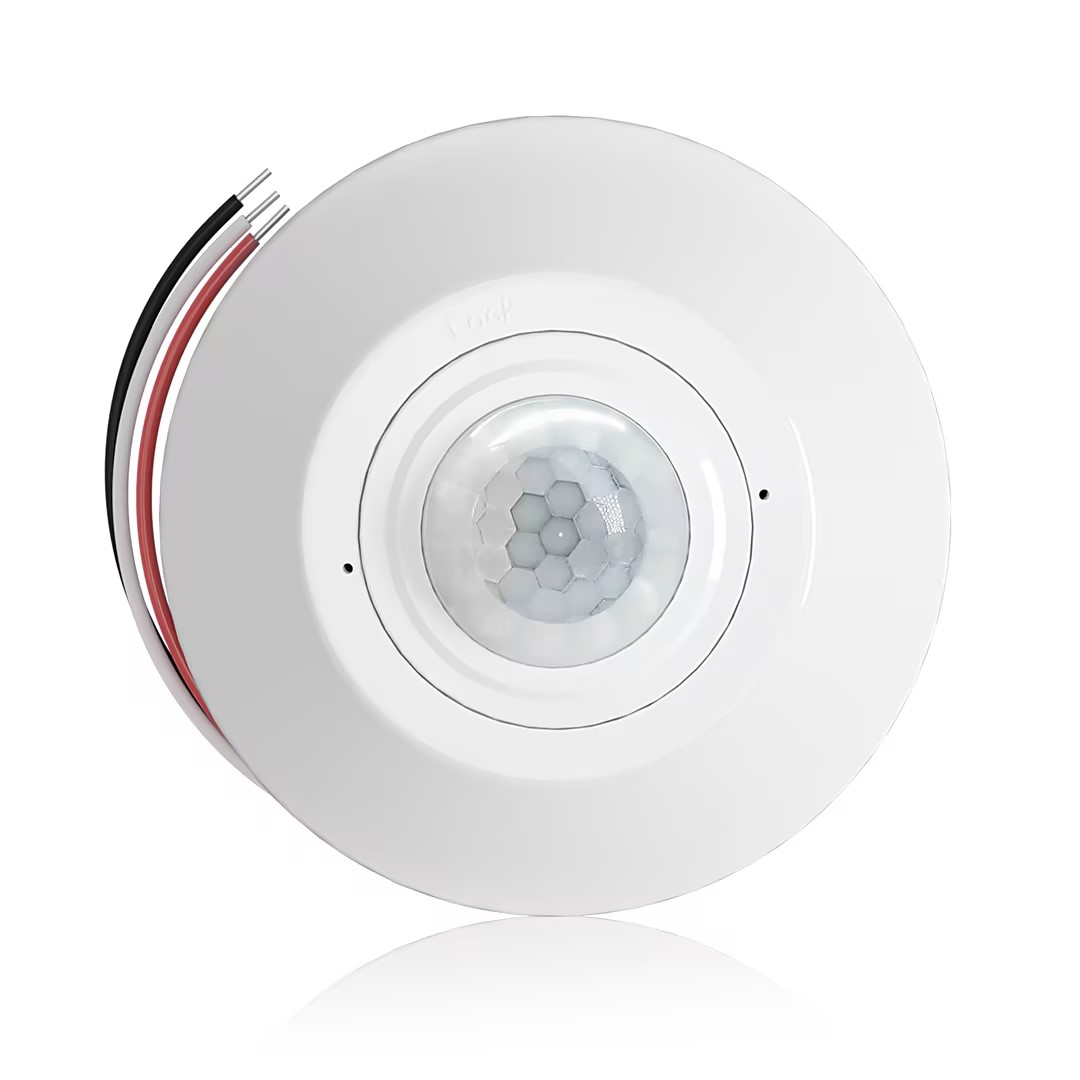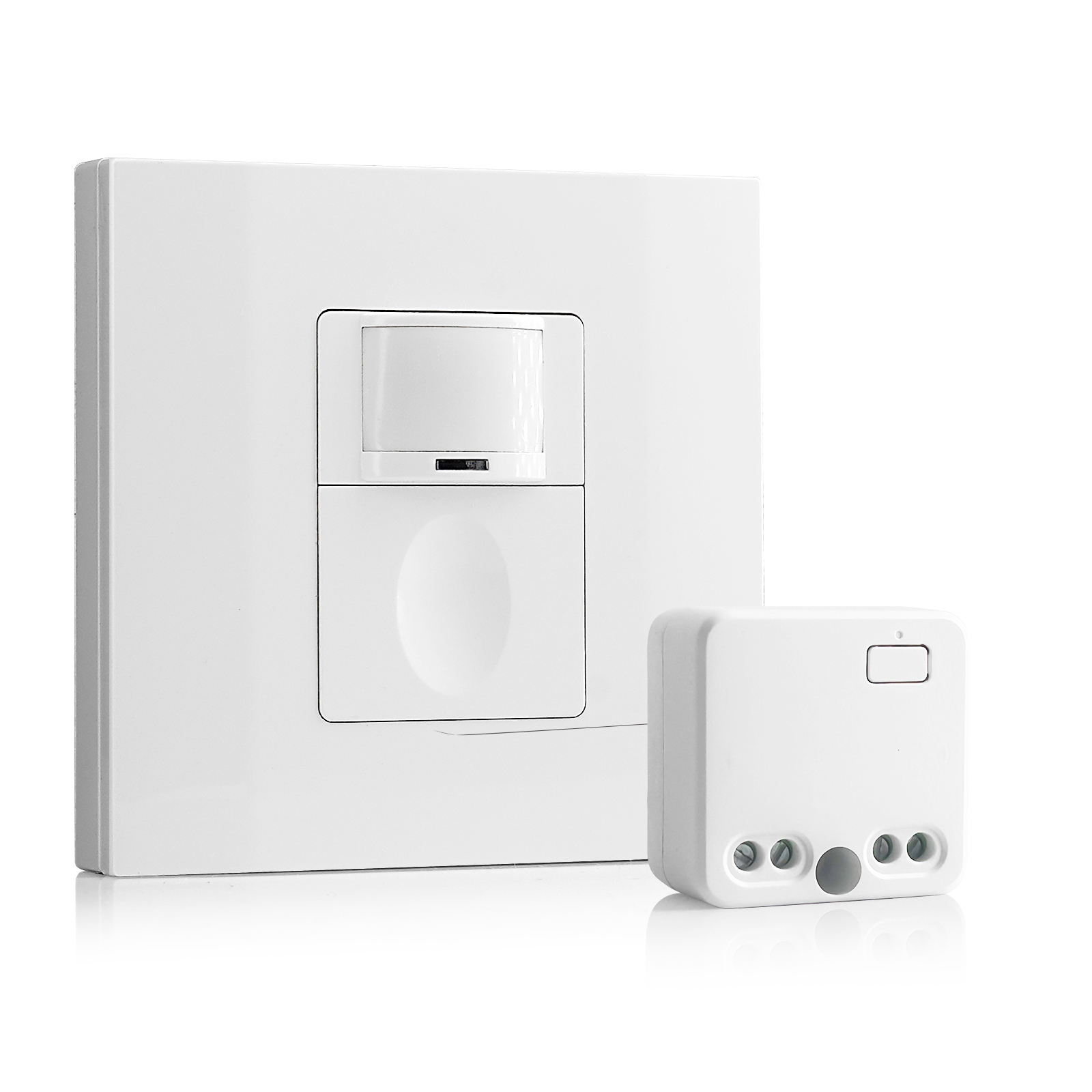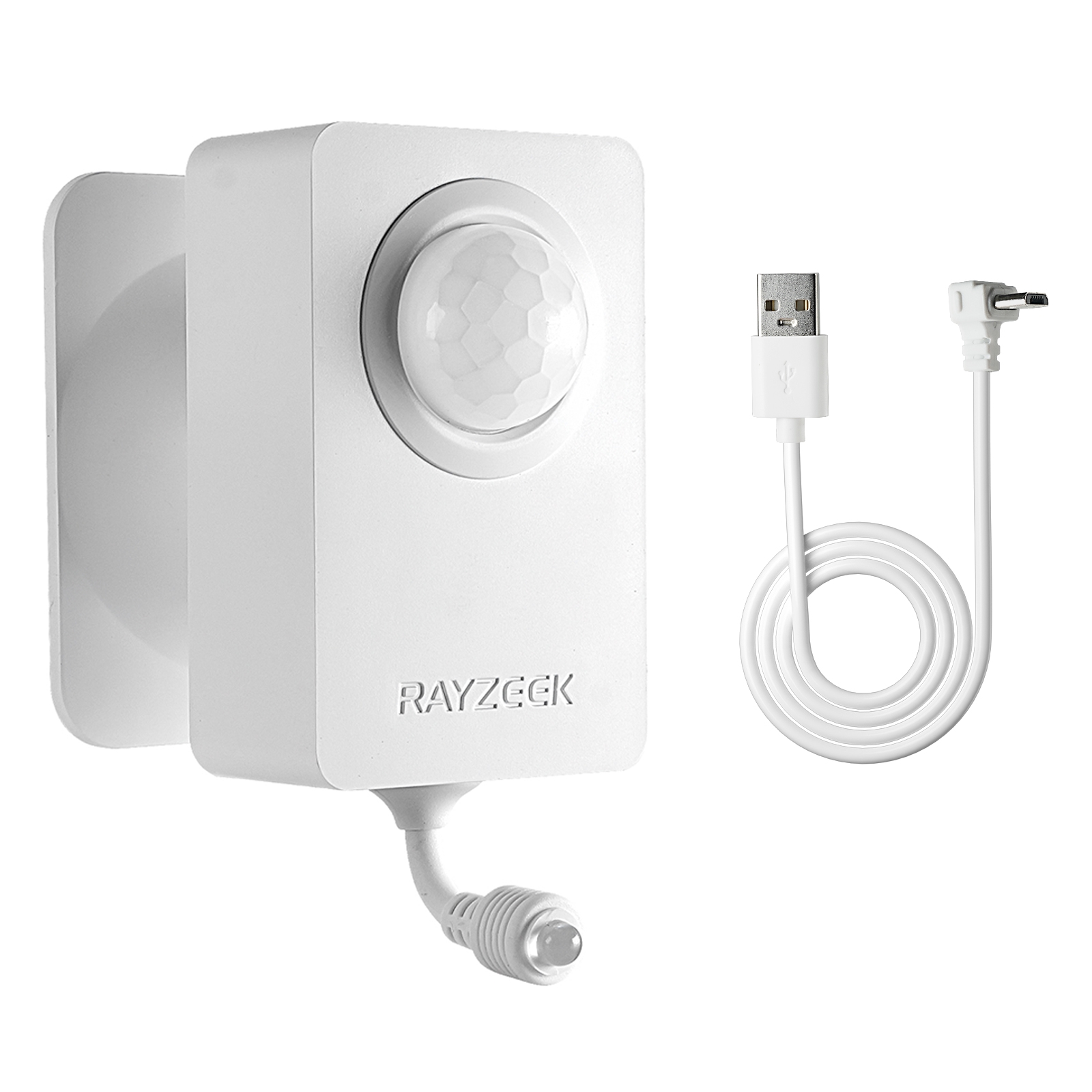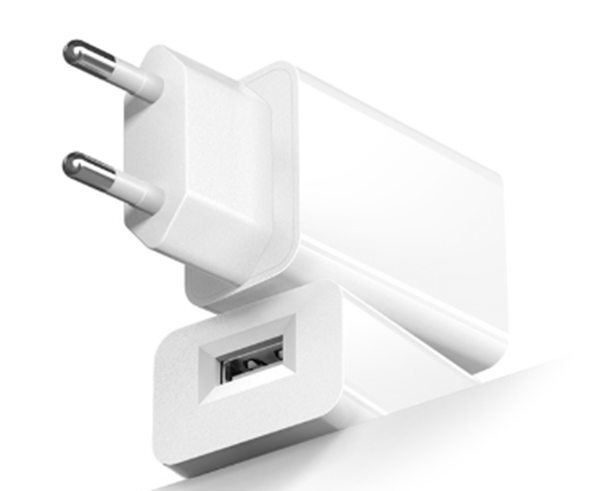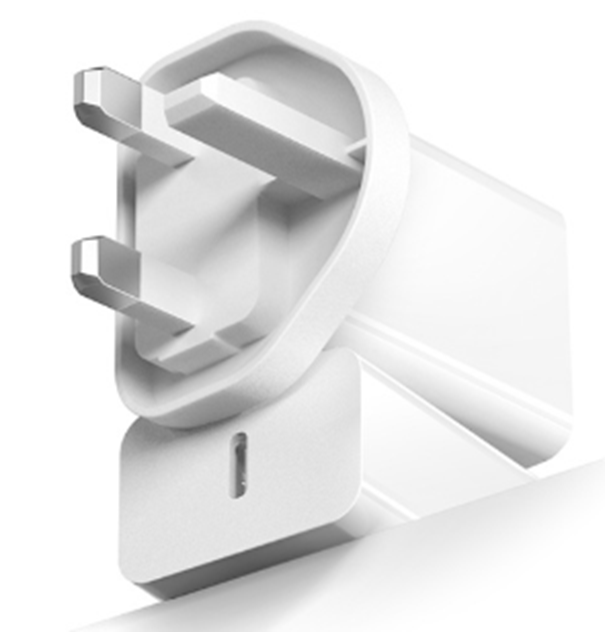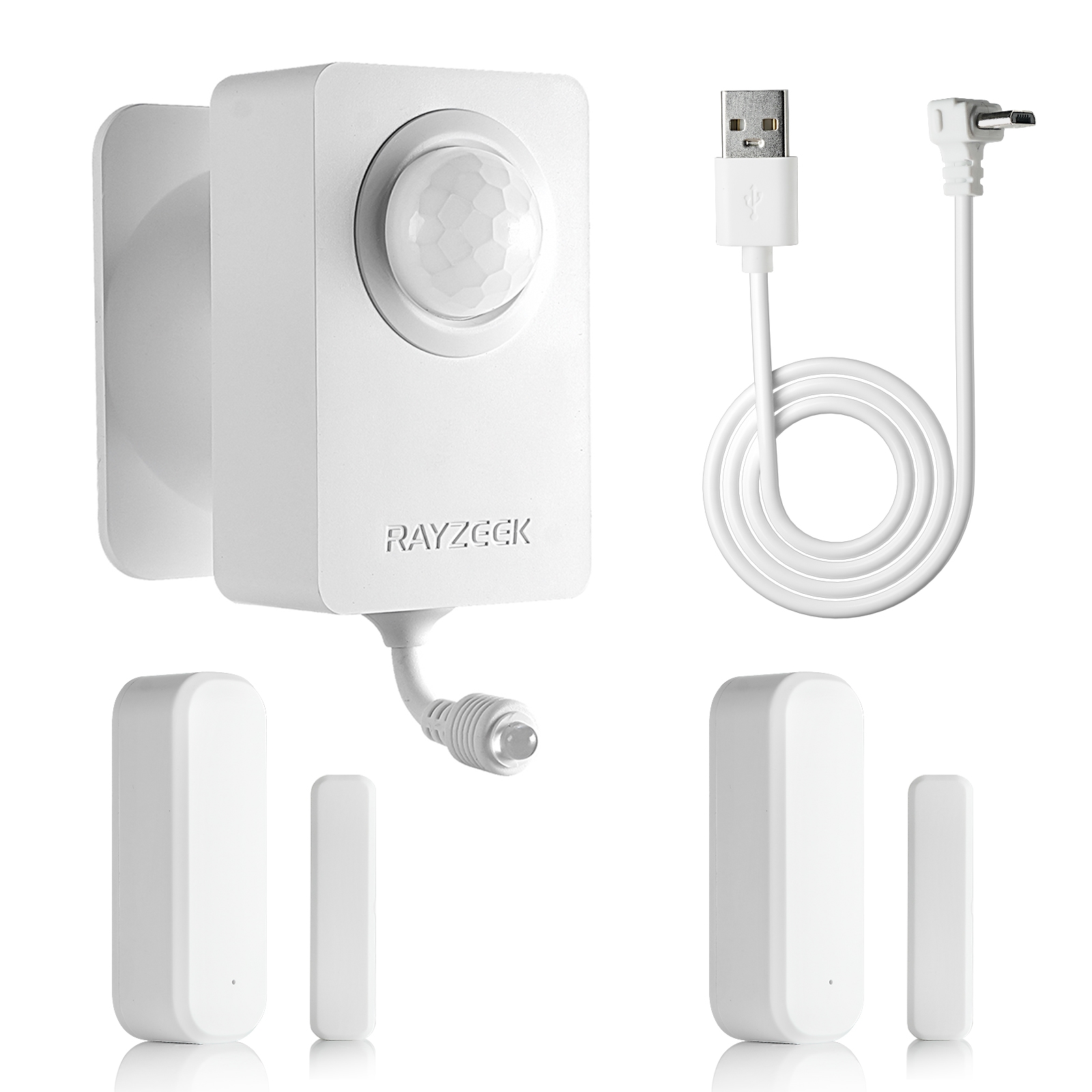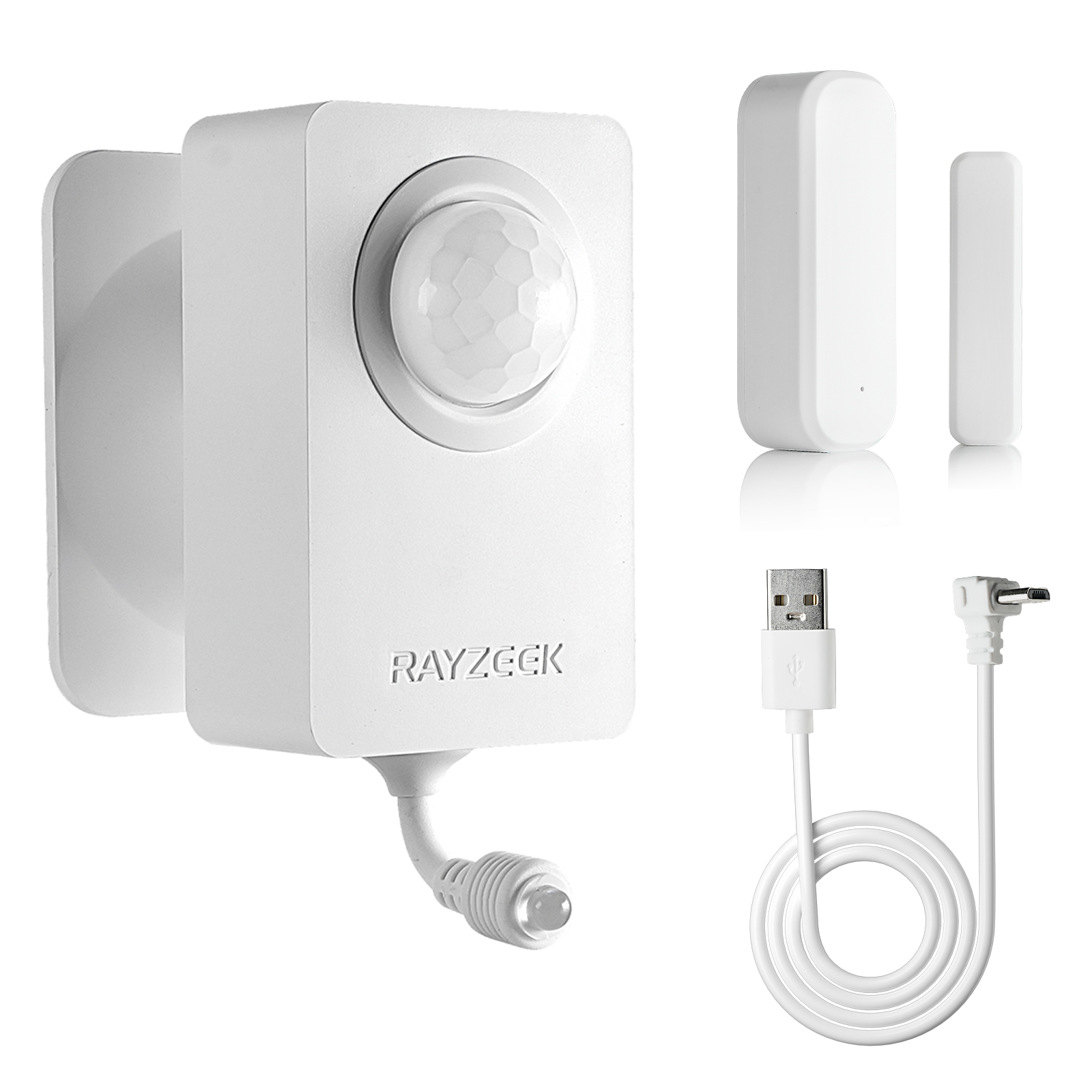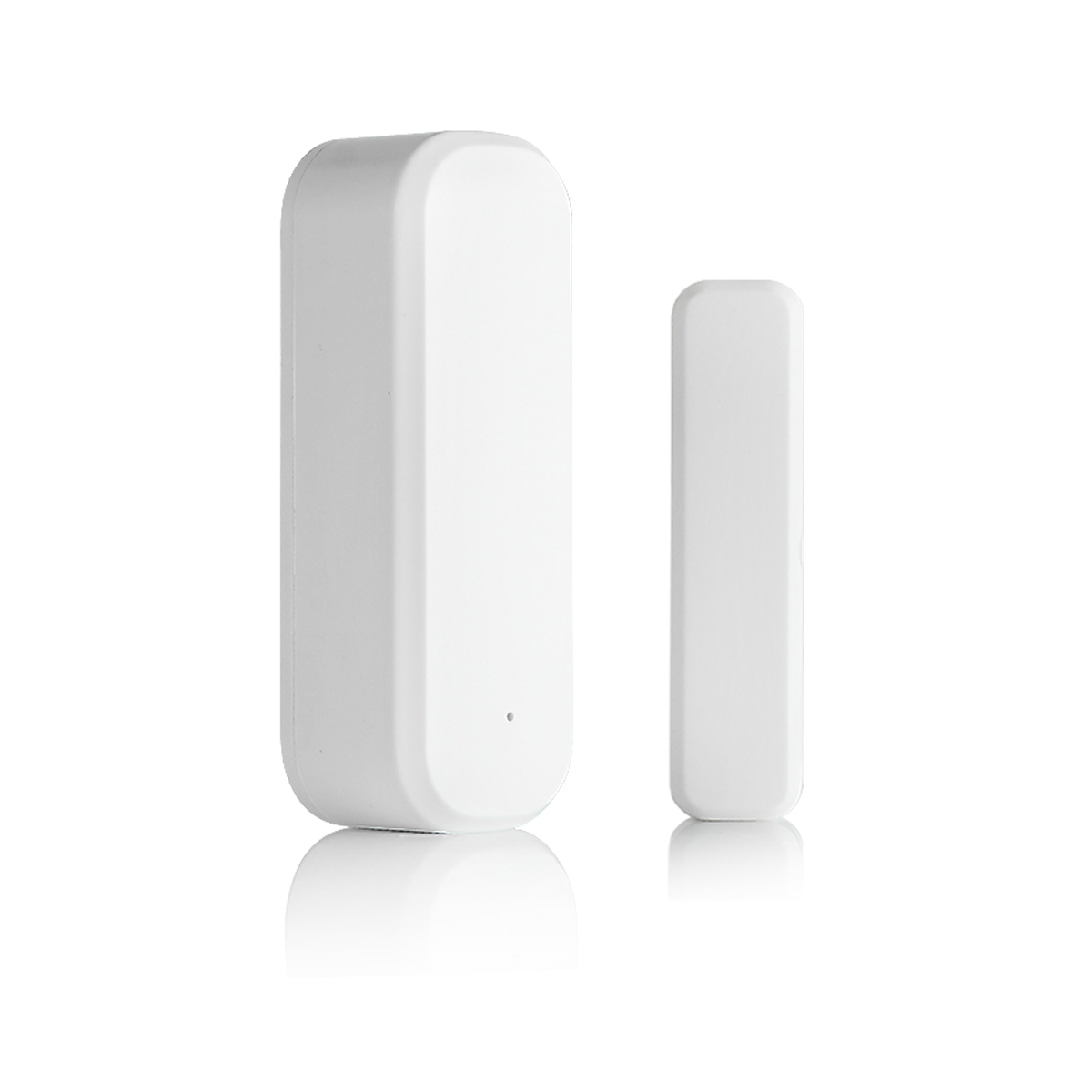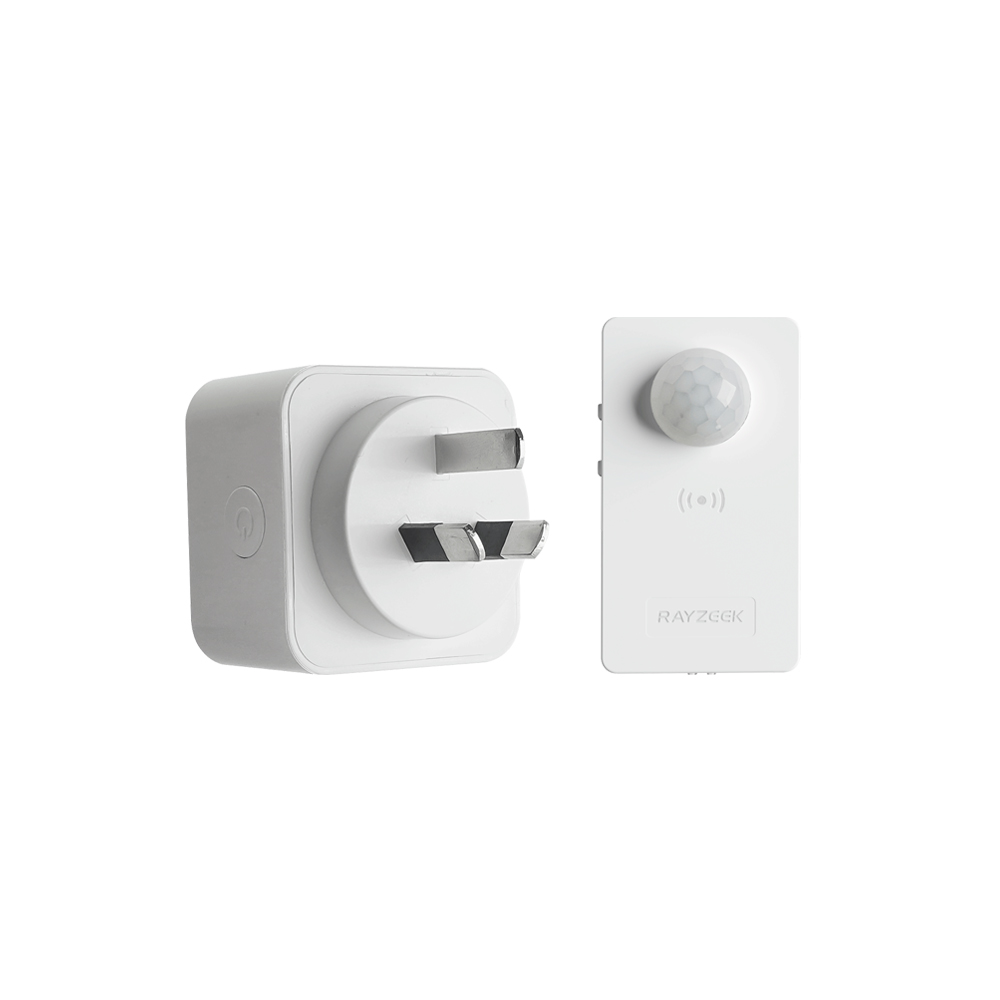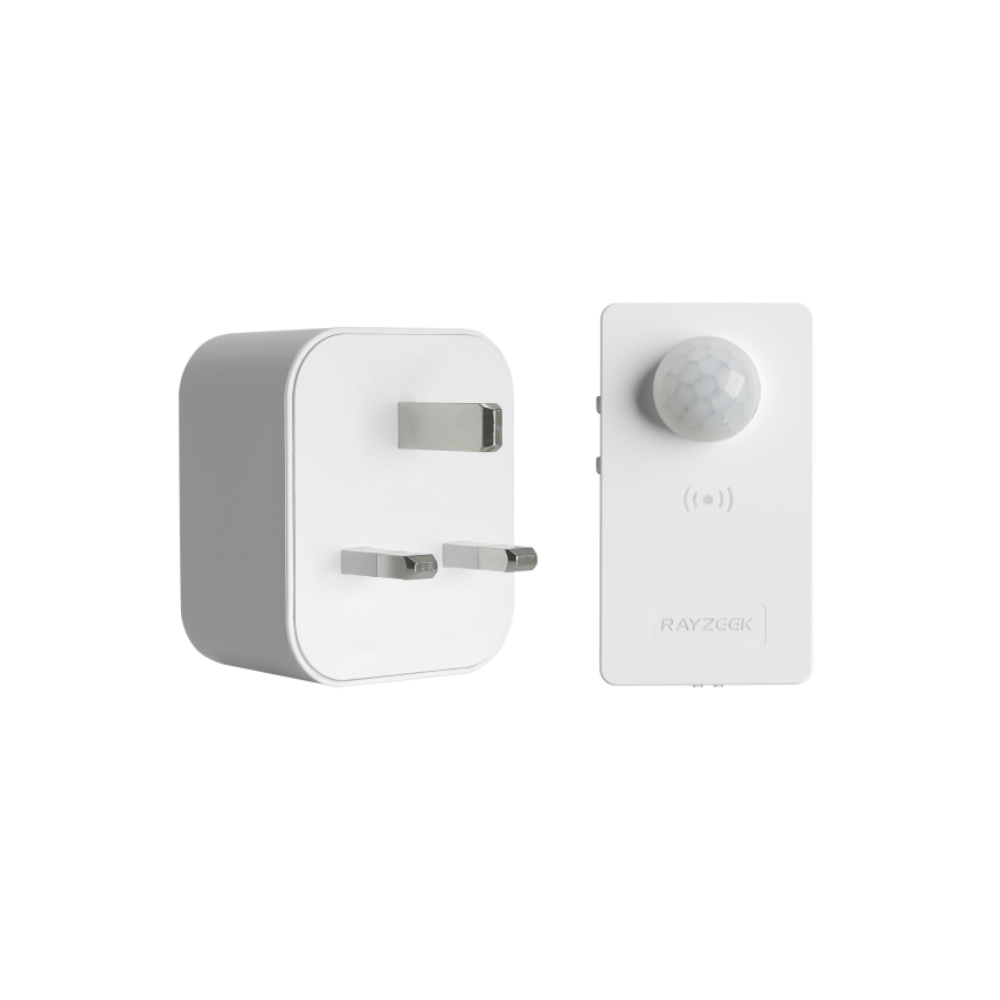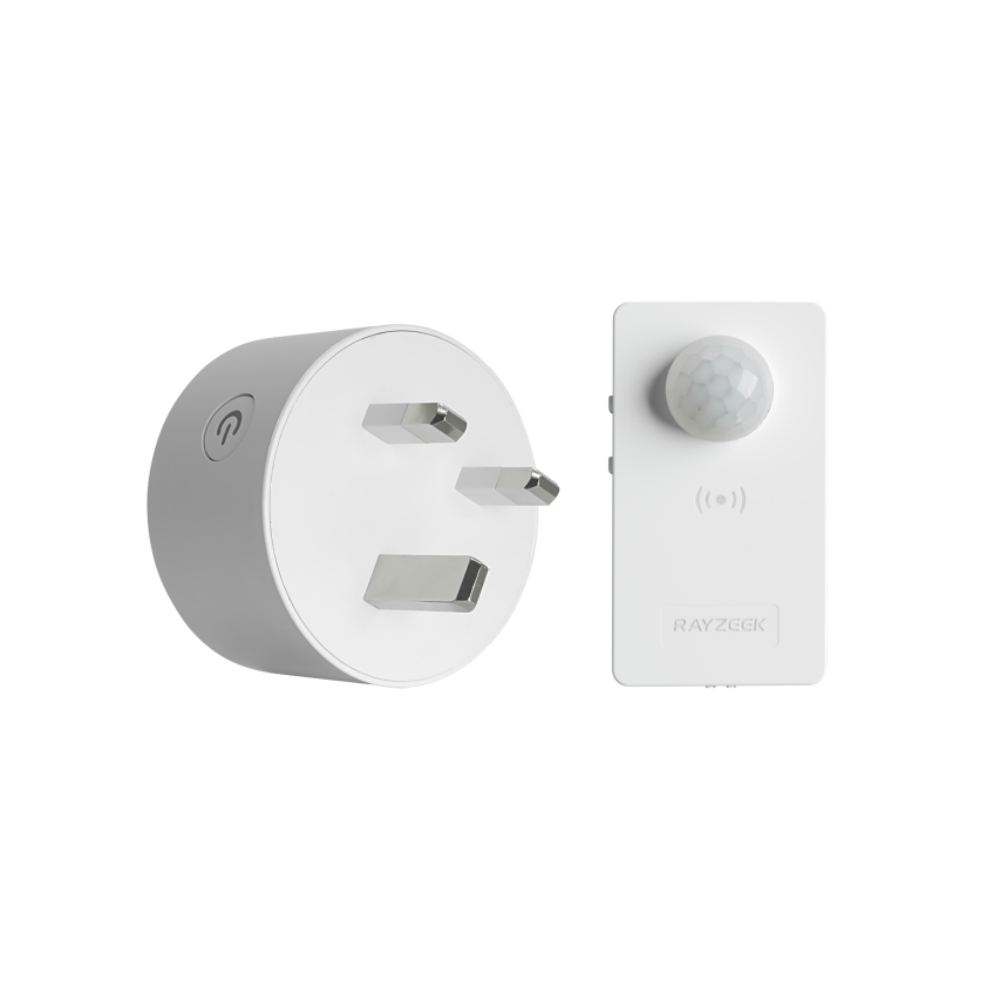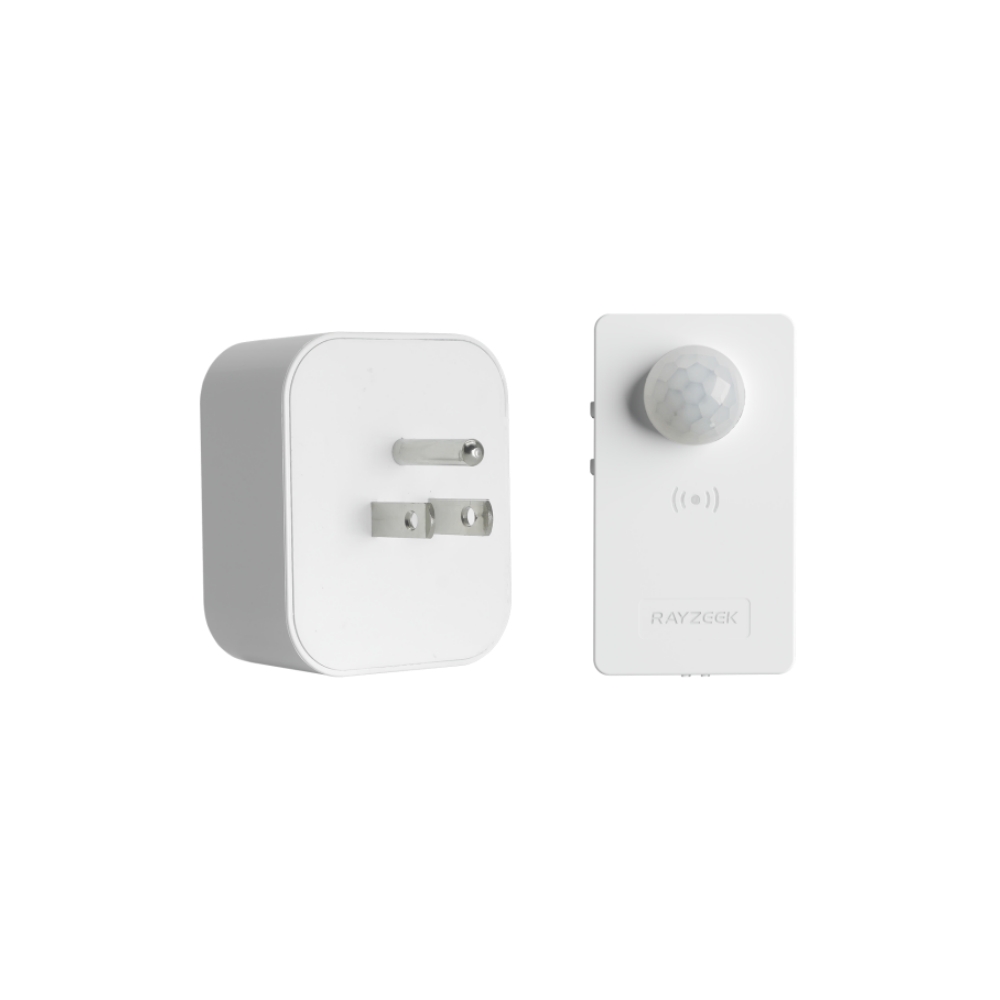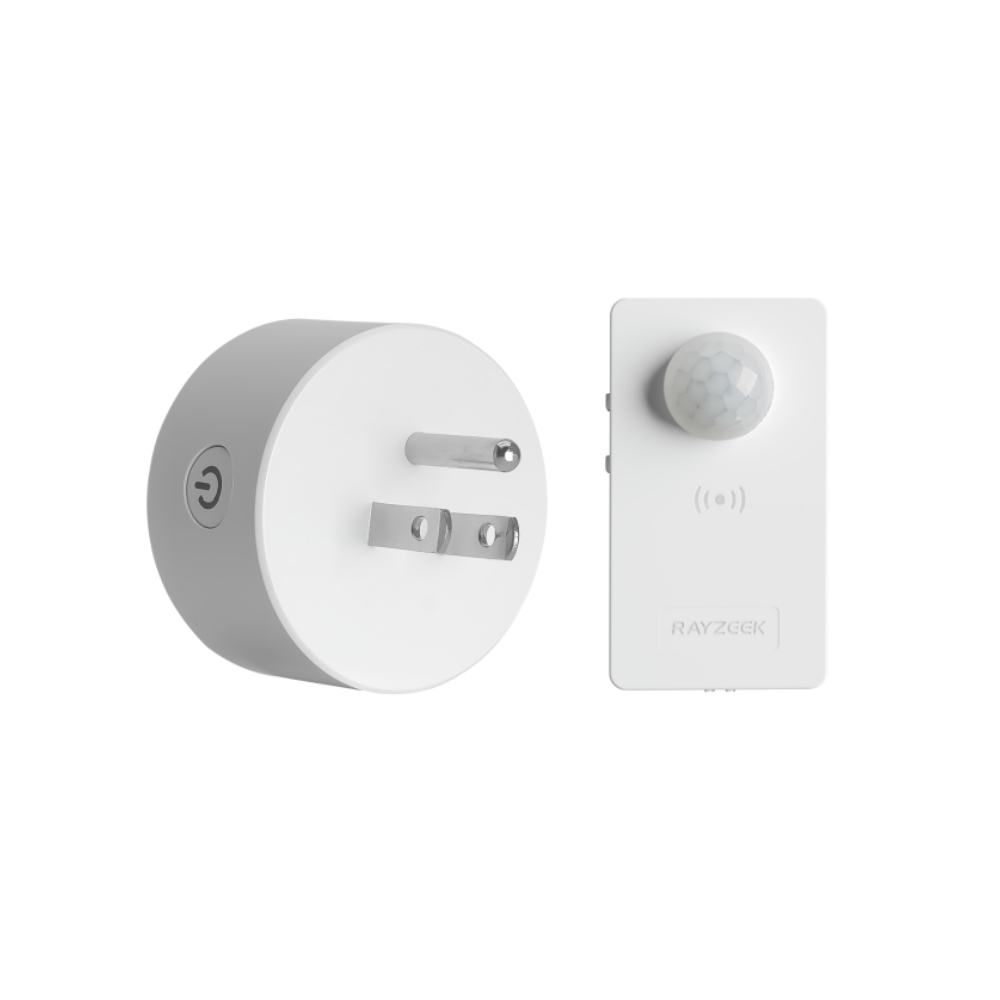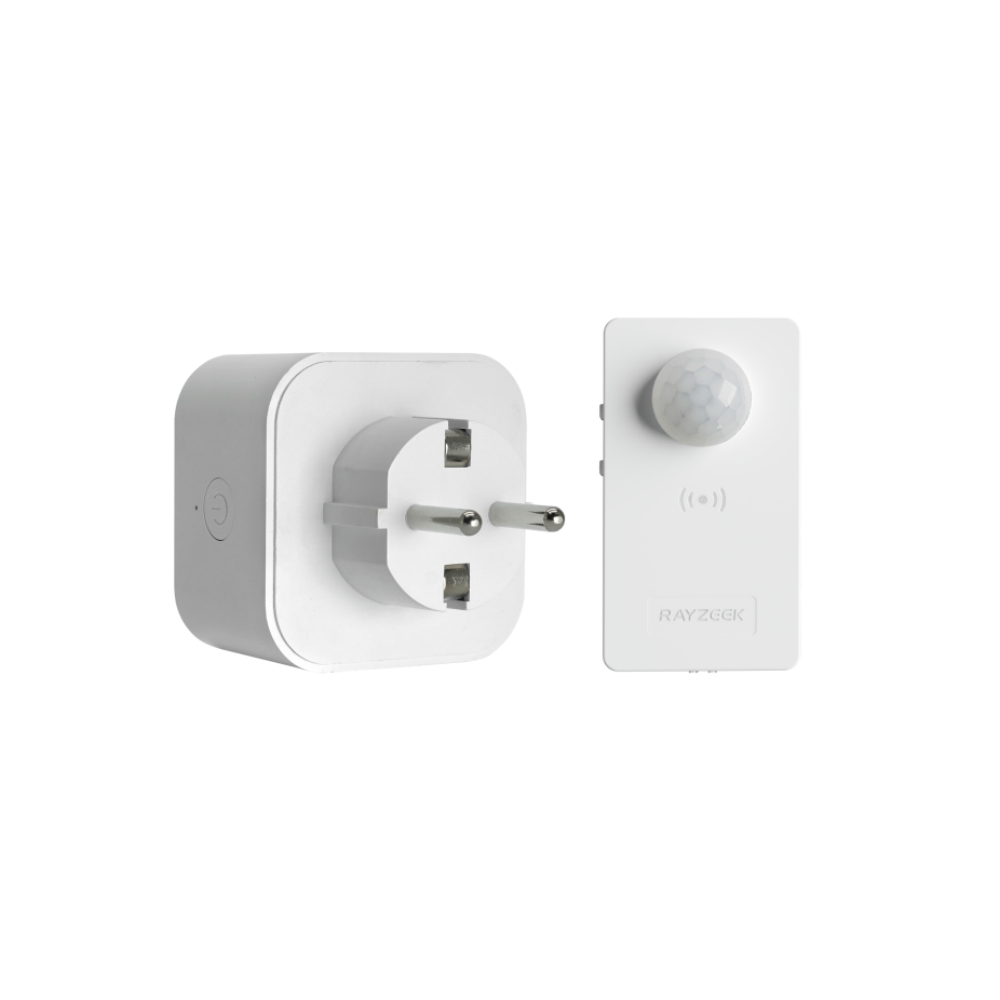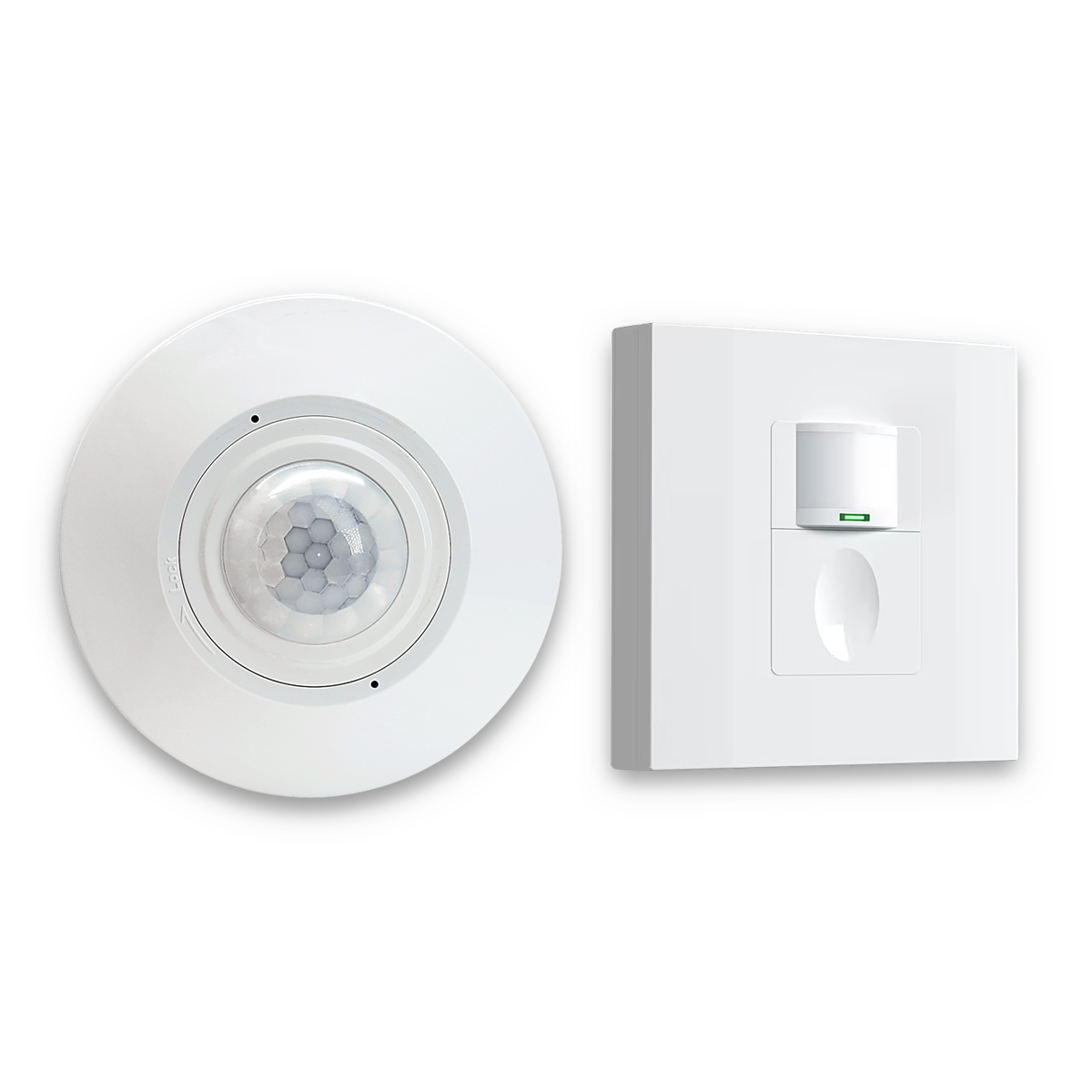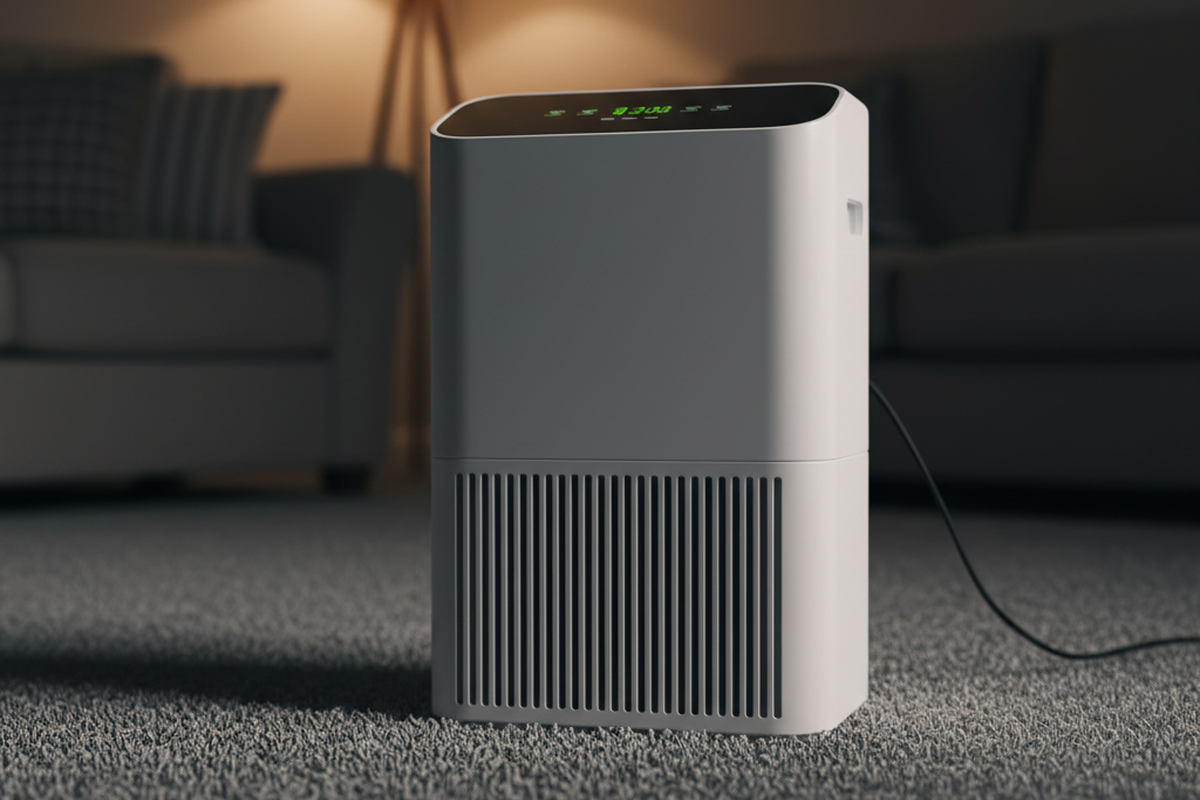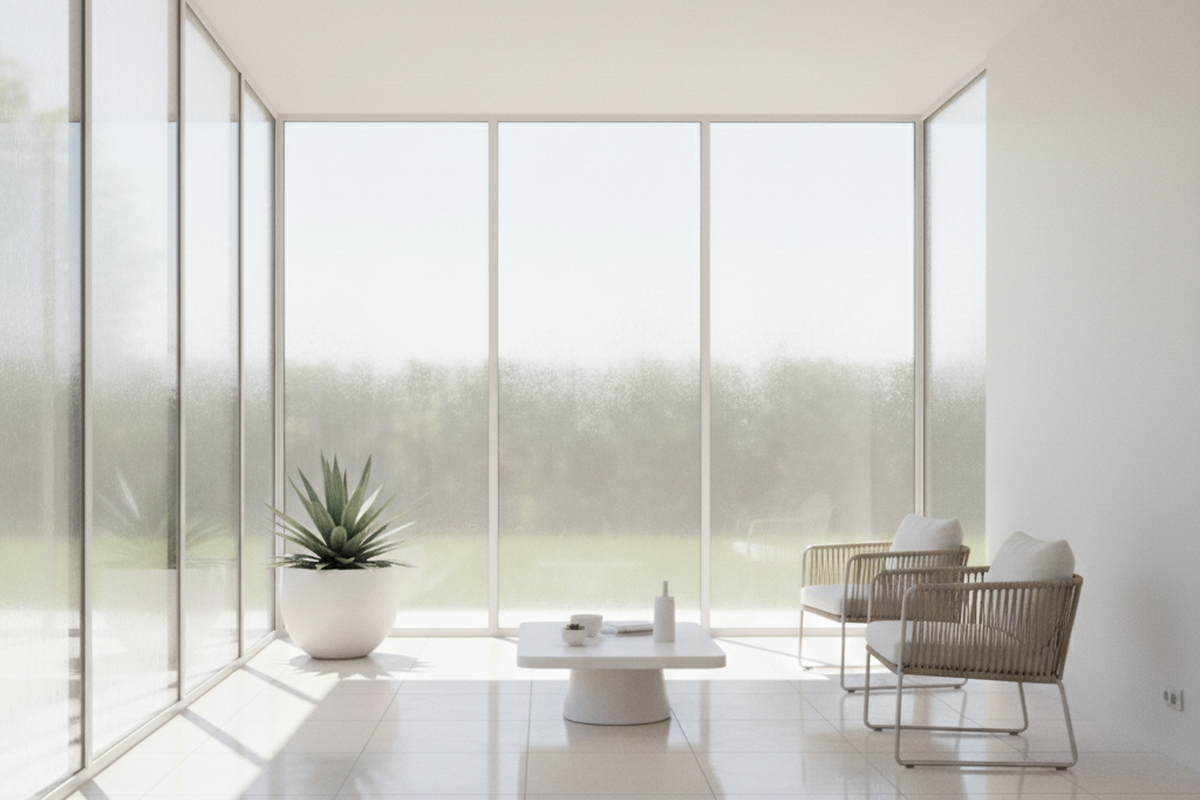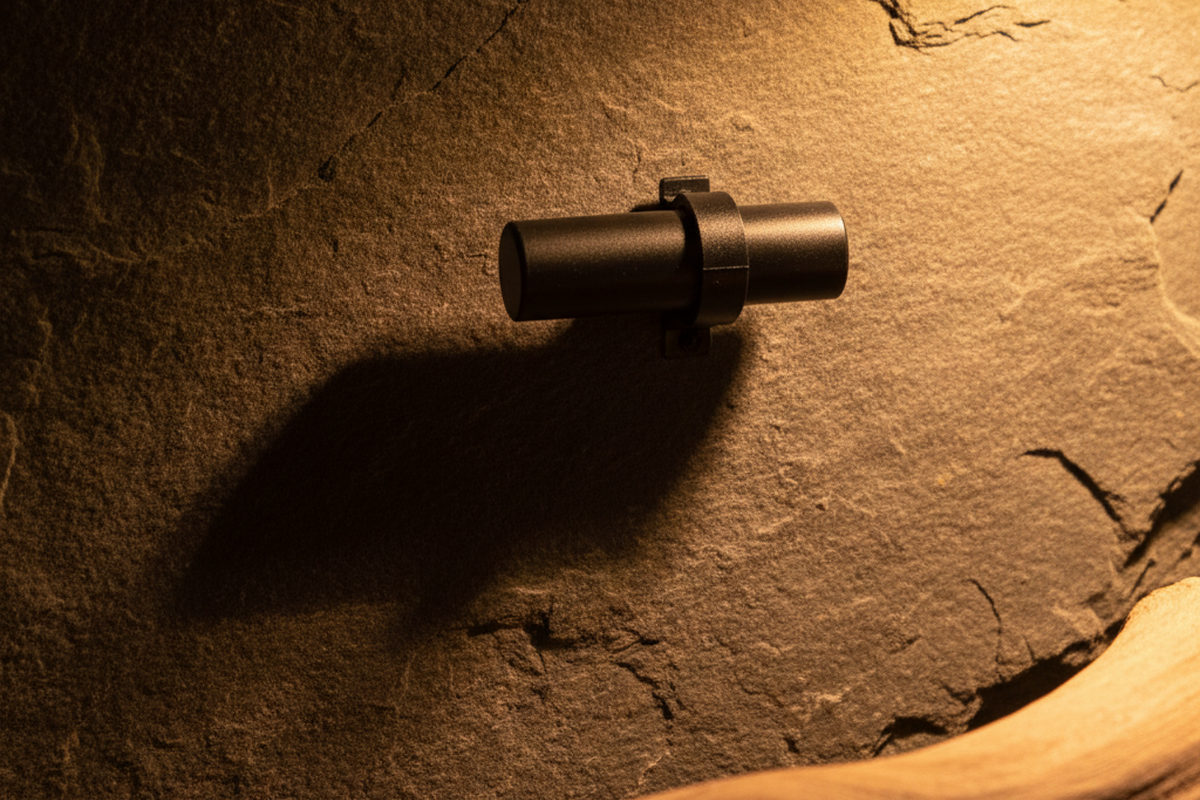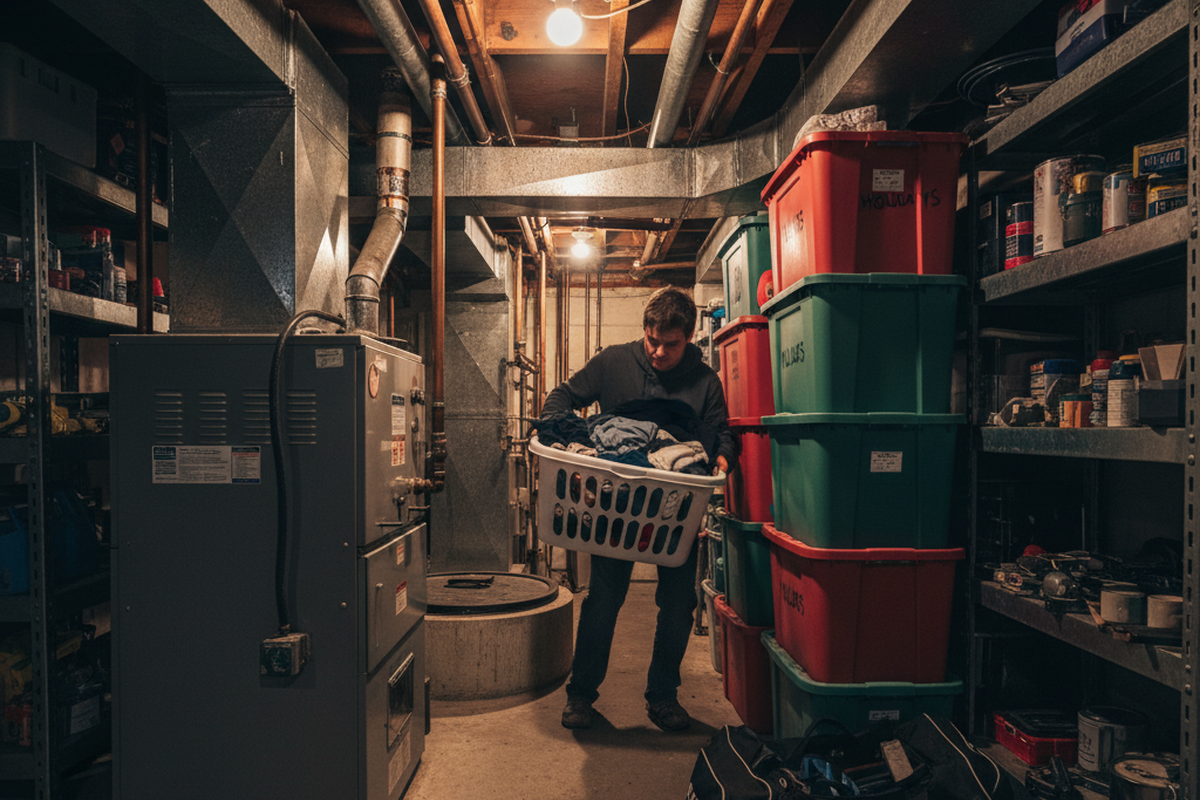What is Daylight Harvesting
Daylight harvesting is an advanced technique used in sustainable lighting designs for modern buildings. It automatically adjusts the brightness or dims artificial lights in response to the amount of natural light available in a space. By utilizing natural daylight coming through windows or skylights, the reliance on artificial lighting is minimized, resulting in reduced energy consumption.
Maybe You Are Interested In
The process of daylight harvesting relies on light sensors, also known as photocell sensors, which detect the prevailing light level in the environment. These sensors send the measured light intensity to a controller that is connected to the lighting control system. The control system then automatically adjusts the electric lights based on the detected light level.
Daylight harvesting optimizes the use of natural light while minimizing the need for artificial lighting. This not only helps to reduce energy consumption and lower electricity costs but also creates a more comfortable and visually pleasing environment by balancing natural and artificial light sources.
To implement daylight harvesting, zoning strategies are often employed. This involves dividing a space into zones based on their proximity to ambient light sources, such as windows or skylights. By doing so, lighting loads can be staggered, allowing for more precise control of dimming or switching off lights based on the availability of natural light.
Get Inspired by Rayzeek Motion Sensor Portfolios.
Doesn't find what you want? Don't worry. There are always alternate ways to solve your problems. Maybe one of our portfolios can help.

